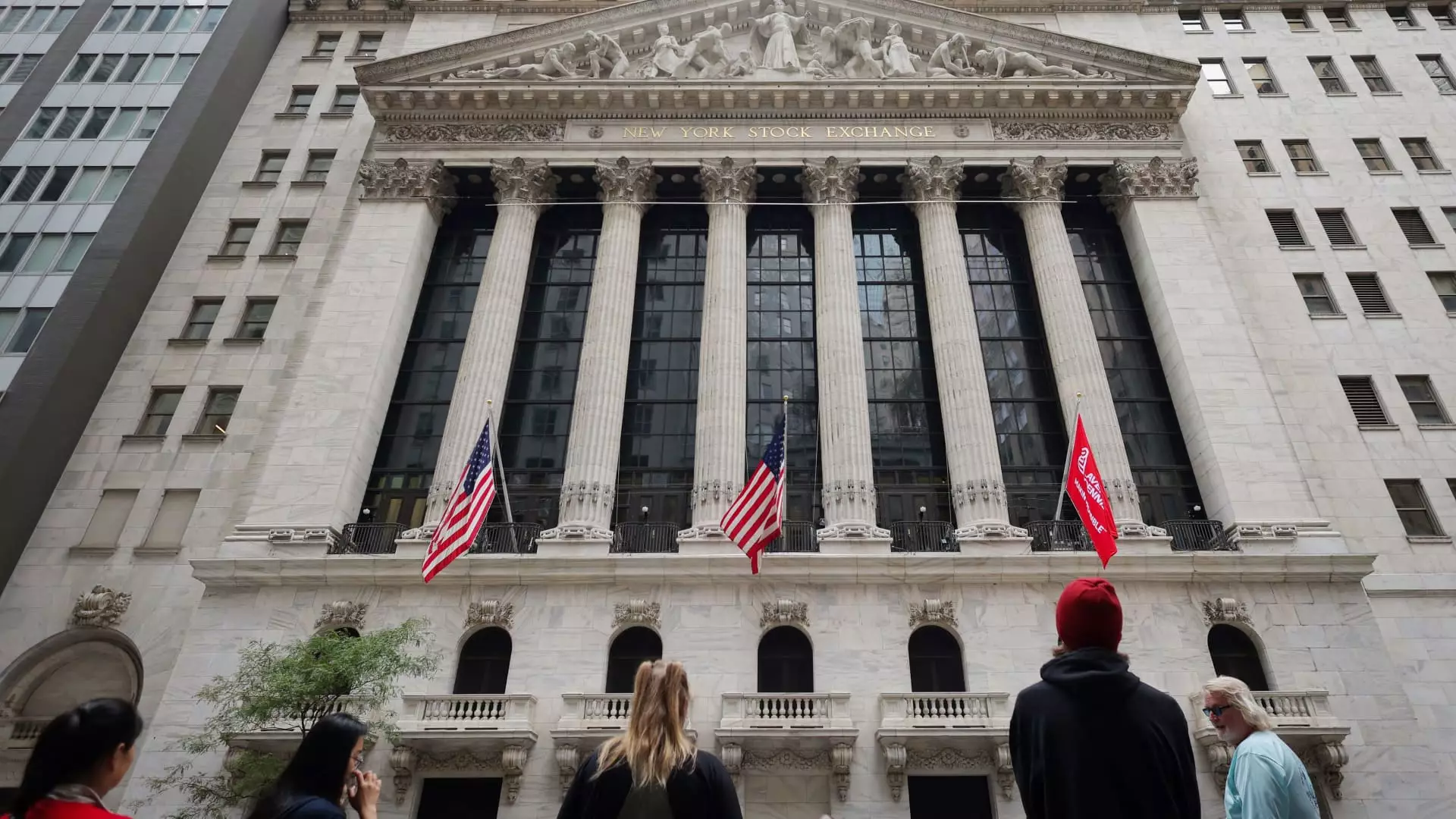The surge in Treasury yields has been a significant topic in financial discussions lately. This increase is primarily attributed to investors seeking higher compensation for the risks associated with government debt. Although the mechanics behind this demand are straightforward, the underlying reasons reveal a more complex financial landscape that warrants deeper exploration.
At the heart of the recent rise in Treasury yields lies the concept of “term premium,” which serves as a gauge for how much additional yield investors require to commit their capital to long-term government bonds. Historically considered one of the safest investment vehicles, these bonds are now seen through a lens of increasing risk, largely influenced by macroeconomic factors. As of early September, the term premium had dwindled to a mere 3.5 basis points—a concerning indicator for many investors. However, following a series of actions by the Federal Reserve, this figure has spiked significantly. Recently, the term premium for a 10-year zero-coupon note rose by approximately 30 basis points, hitting levels not seen since July.
This uptick in term premium is a reflection of broader market movements, particularly among Treasury yields. For context, a basis point is equivalent to 0.01%, and the jump in the term premium aligns closely with the hikes witnessed in various Treasury yields. The critical juncture came after the Fed announced its decision to cut interest rates by 50 basis points on September 18, after which the 10-year Treasury yield soared by nearly 50 basis points.
Analysts point to three intertwined factors driving this yield increase: robust economic data, concerns surrounding the U.S.’s fiscal health, and the political climate heading into the looming election. Recent statistics indicate an economic landscape that remains resilient, with metrics like retail sales outperforming forecasts, suggesting consumer confidence is solid. Conversely, the government recently disclosed a staggering $1.8 trillion budget deficit for the fiscal year 2024, raising alarms about the sustainability of public sector debt, which is perilously approaching the $100 trillion mark.
David Rosenberg, chief economist at Rosenberg Research, has noted that the bond market is echoing urgent messages to policymakers regarding fiscal responsibility. The rapid accumulation of public debt signals to the market that tolerance for such fiscal paths is diminishing, and proactive measures are necessary to mitigate potential financial fallout. Additionally, concerns over rising gold prices reinforce the notion that investors are seeking alternative stores of value amidst fears surrounding inflation and currency stability.
Adding another layer of complexity is the upcoming election. The political narrative has shifted, with increasing speculation that former President Donald Trump could regain a foothold in the White House. This looming uncertainty has further influenced investor sentiment, creating fluctuations in market confidence that have been reflected in bond pricing. Even though current polling indicates a competitive race, the shifting dynamics have compelled investors to reconsider their strategies.
The political backdrop could significantly impact the Federal Reserve’s decision-making process. While market expectations suggest a potential rate cut of 25 basis points comes November 7, doubts are creeping in regarding further cuts leading into December. As Joseph LaVorgna, chief economist at SMBC Nikko Securities, points out, the increase in term premiums due to higher real interest rates and positive economic indicators might render further cuts unwarranted.
The recent increase in Treasury yields is not merely an economic event; it epitomizes the intricate interplay between market perceptions, economic realities, and political dynamics. Investors are weighing their options, grappling with the implications of rising rates amid government budget concerns and geopolitical uncertainties. As the financial landscape continues to evolve, remaining vigilant to these factors will be crucial for stakeholders navigating the intricate world of government debt investments. The upcoming months promise to be pivotal, with potential shifts in both policy and market conditions shaping the future of Treasury yield trajectories. Understanding these connections is critical for making informed investment decisions in a rapidly changing market.

